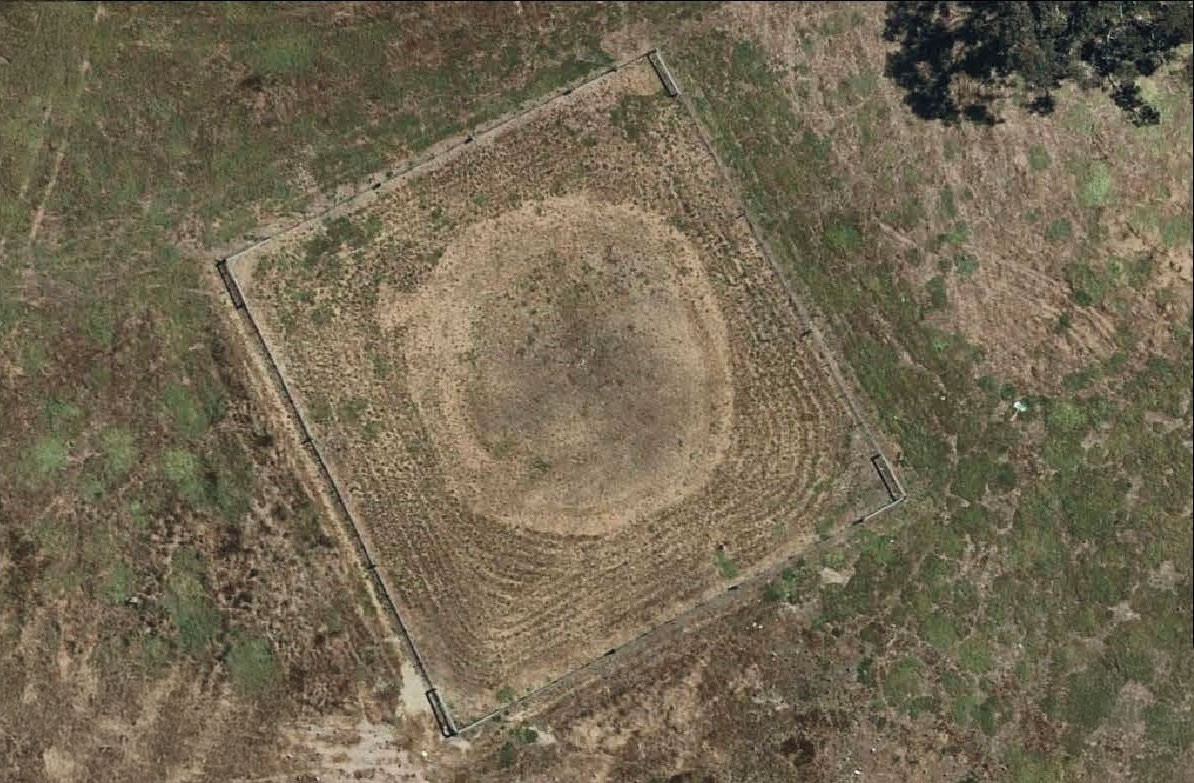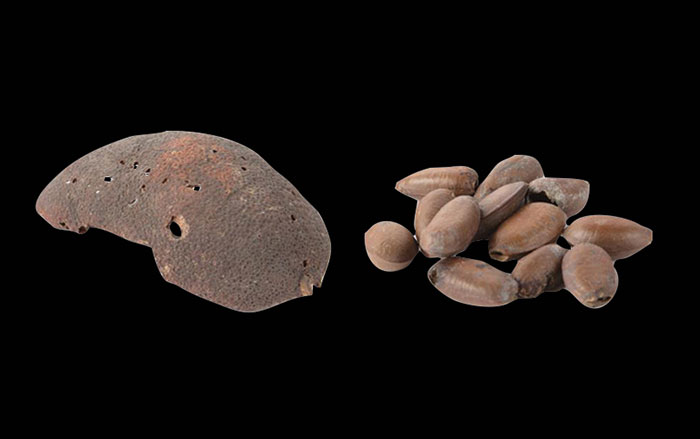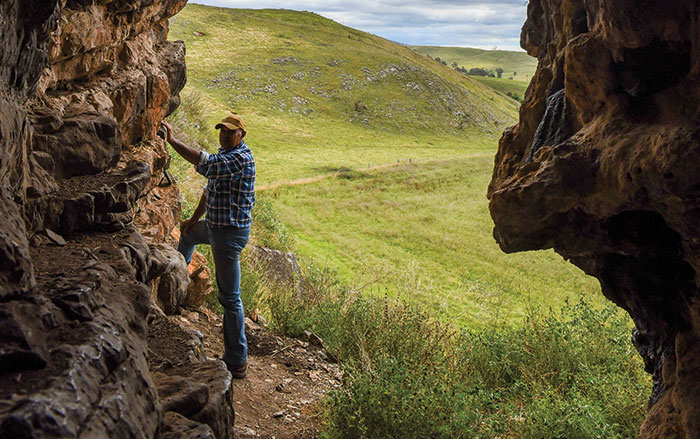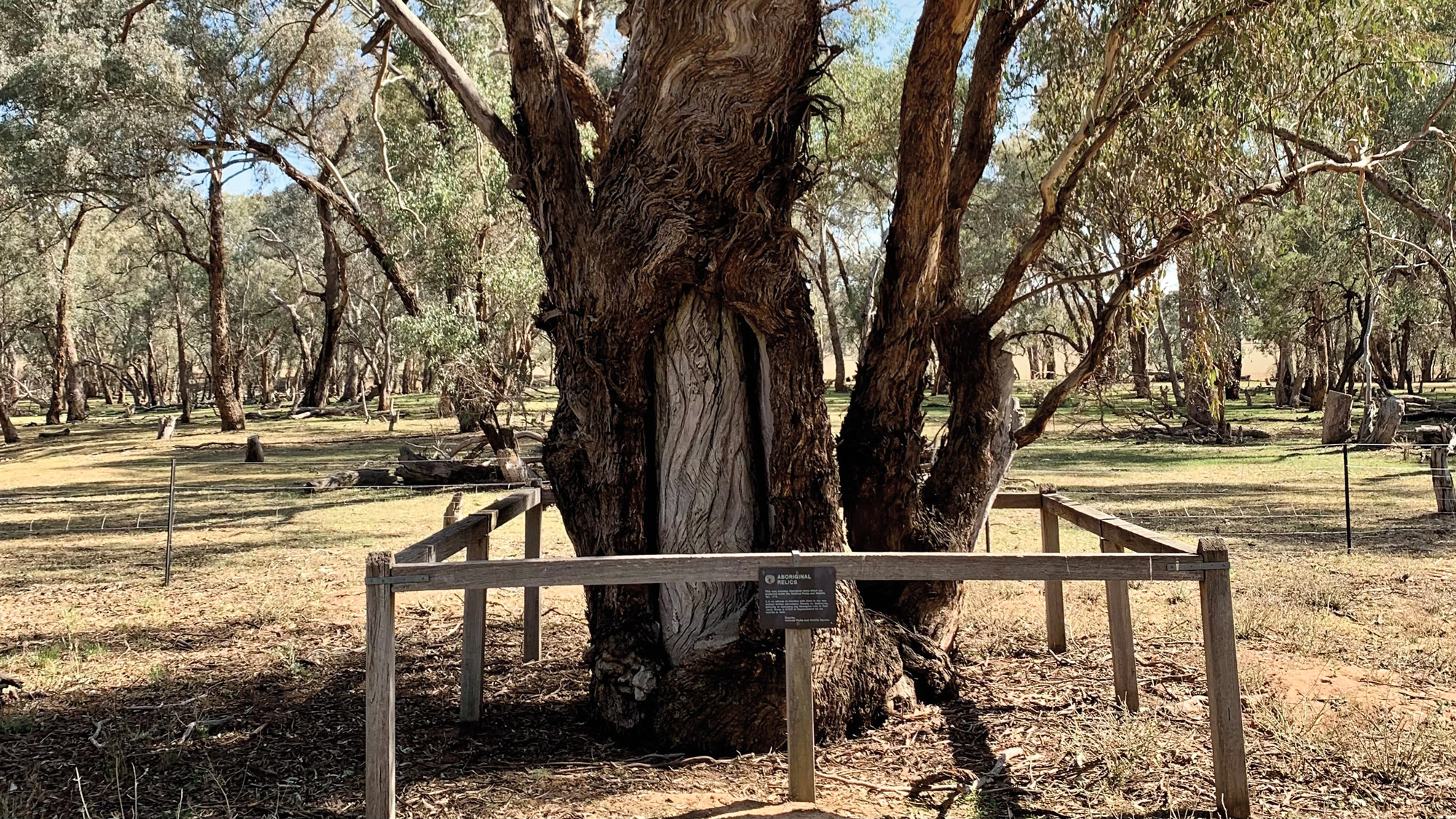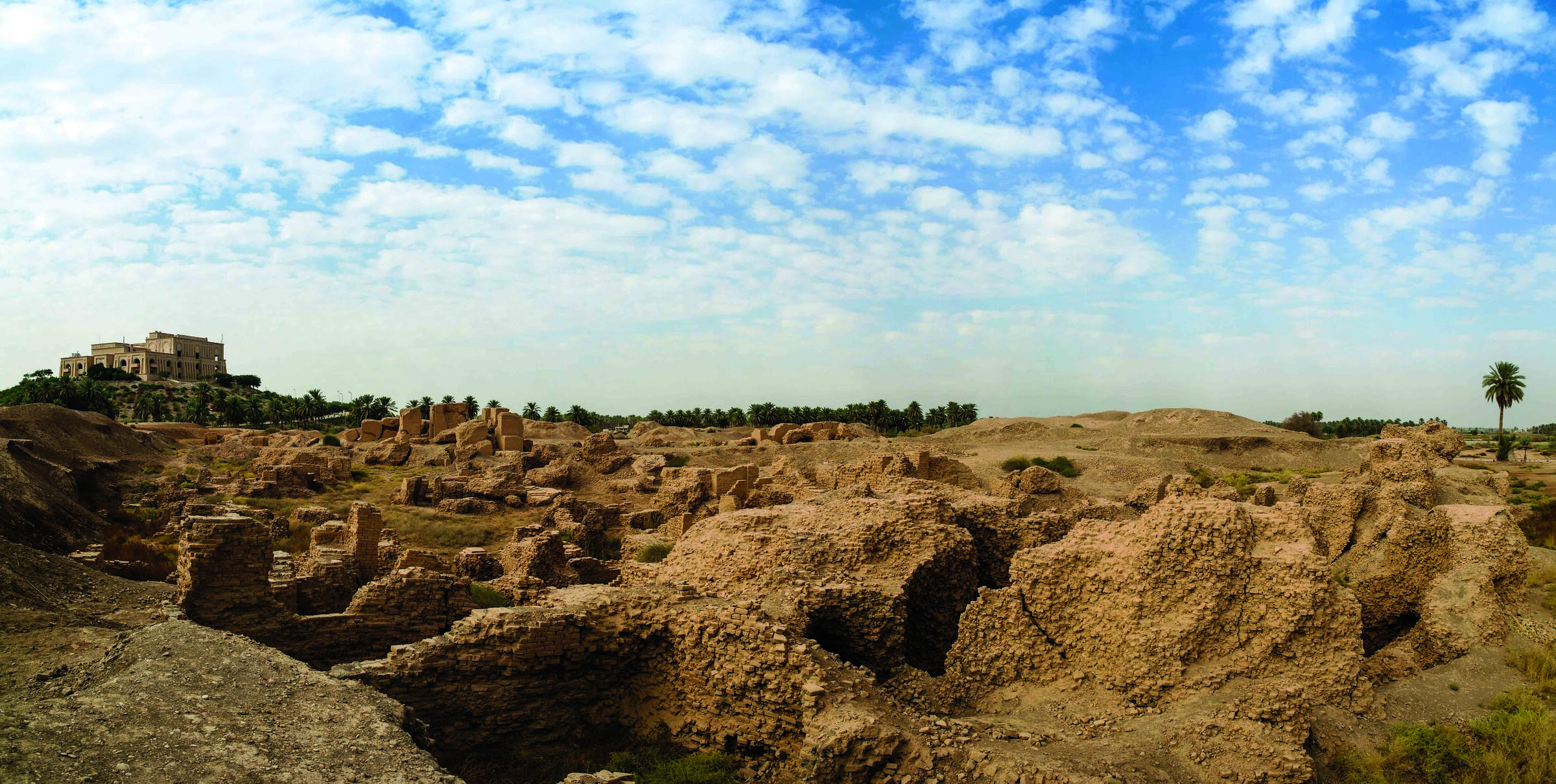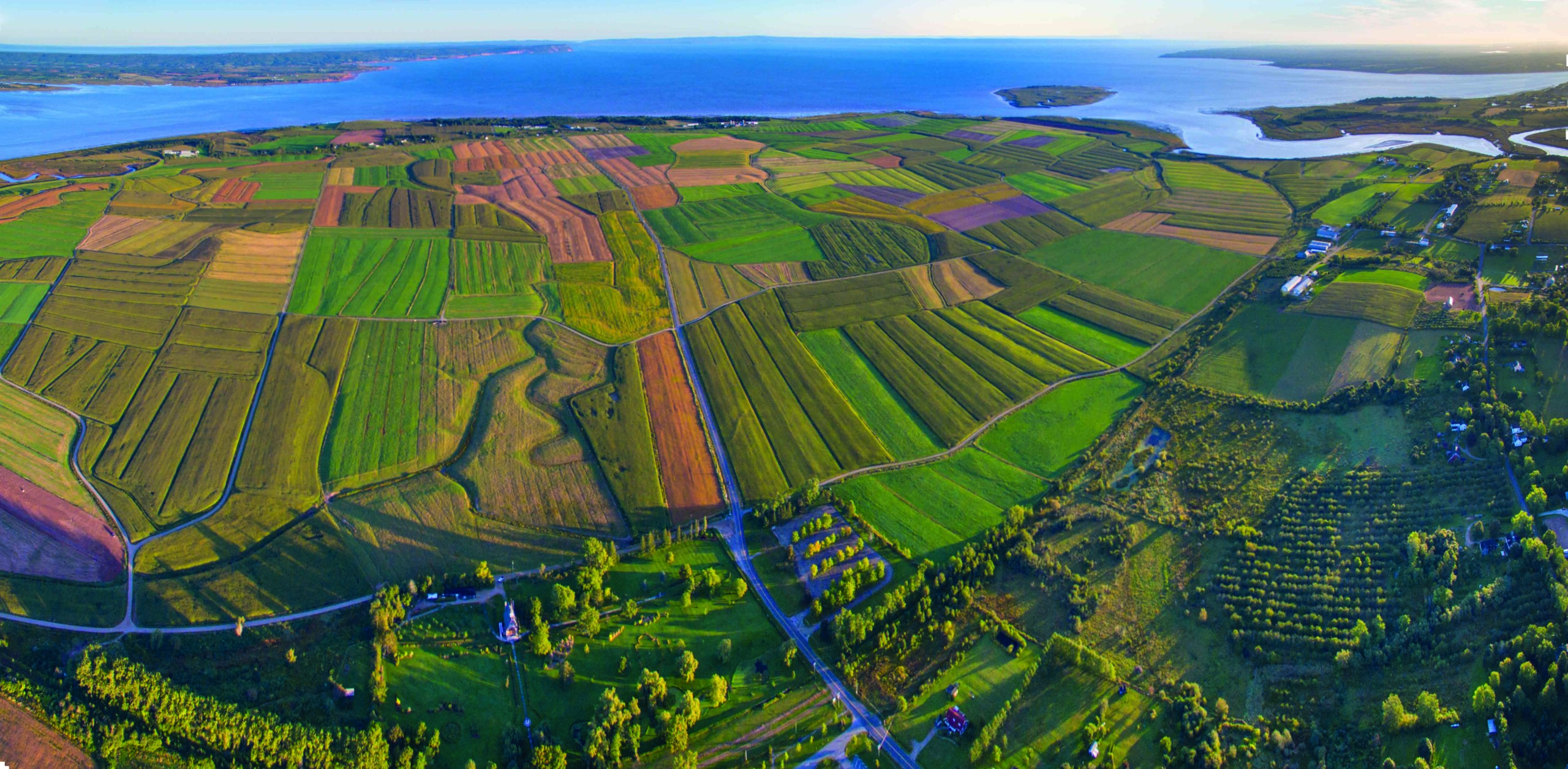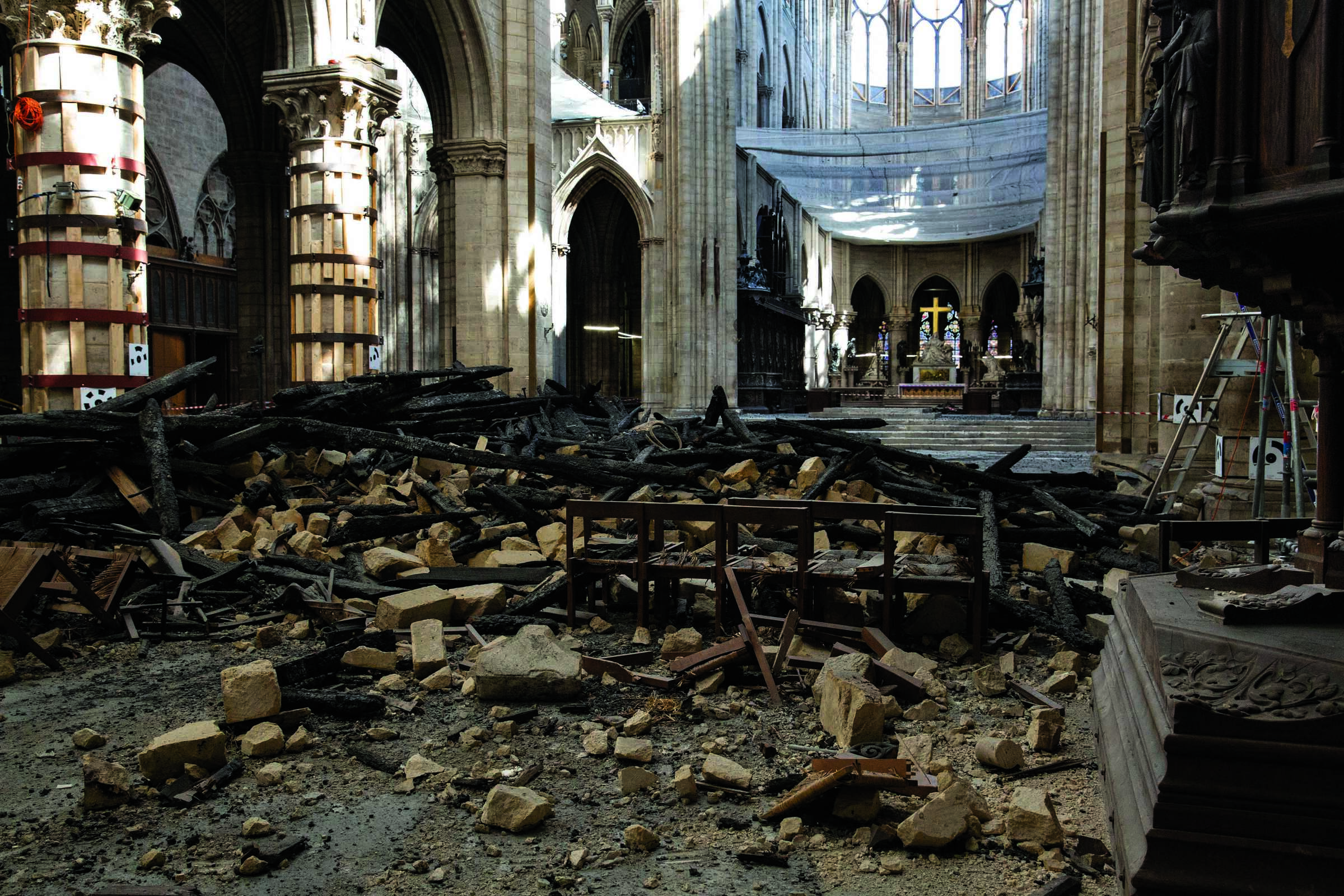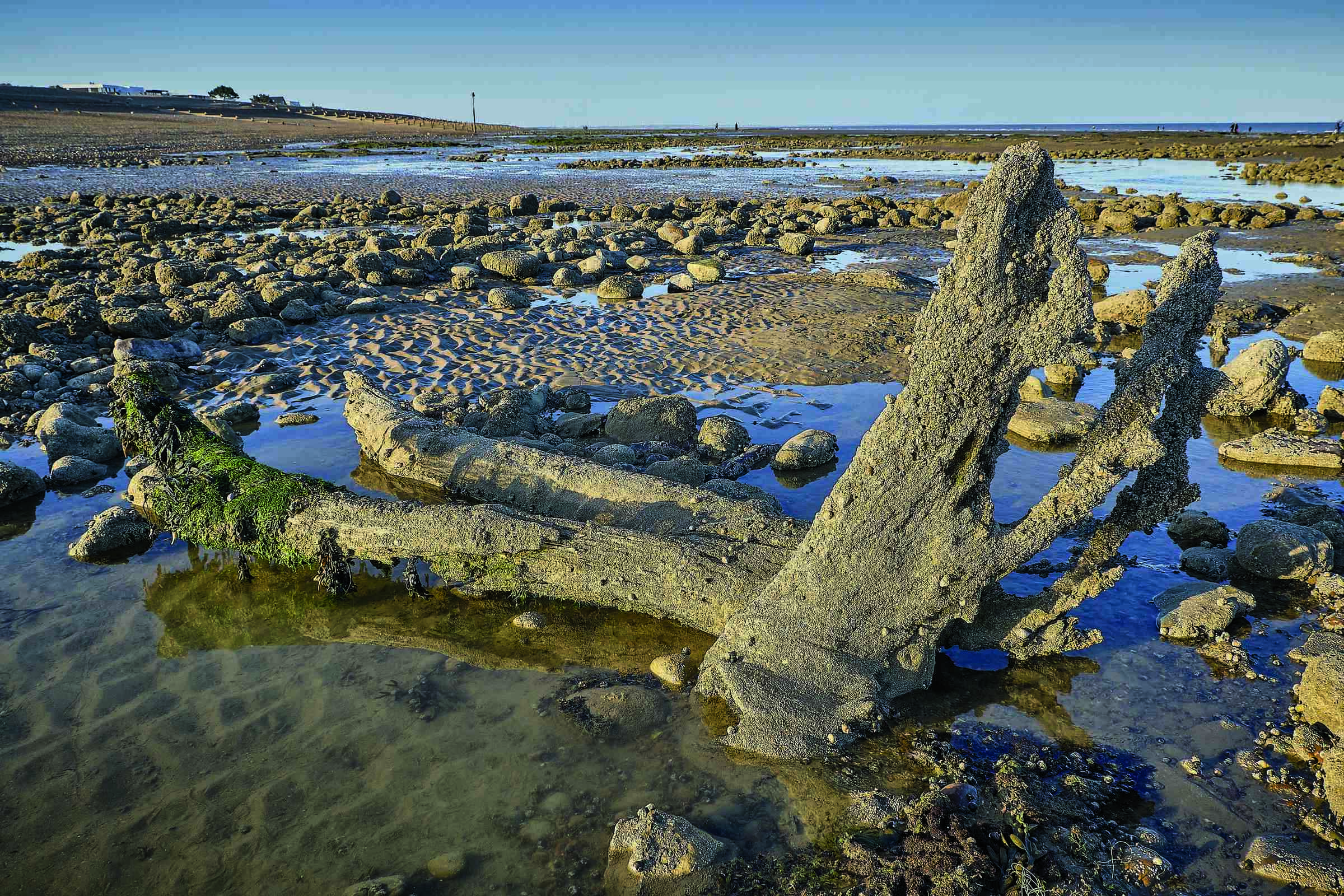
ADELAIDE, AUSTRALIA—News-Medical.net reports that an international team of researchers led by Maciej Henneberg of the University of Adelaide and Donald Pate of Flinders University analyzed remains of British migrants unearthed at the site of an Anglican parish cemetery located near Australia’s southern coastline. The cemetery was in use from 1847 to 1927. The researchers found evidence of deficiencies in iron and vitamins C and D in the remains. The level of vitamin D in the sample was higher than the level of vitamin D found in two nineteenth-century cemeteries in Britain. The scientists attribute the difference to the levels of sunlight experienced by the migrants in South Australia. However, lower levels of vitamin C were found in the migrants than in the Britons buried in England. This deficiency reflects the living conditions experienced by the new arrivals, Henneberg explained. By the 1870s, fewer people were buried in the free area of the cemetery, reflecting economic improvements in the colony, the researchers concluded. Read the original scholarly article about this research in PLOS ONE. To read about a cache of silver shillings buried in the 1850s at the Port Arthur penal colony, go to "Around the World: Tasmania."


